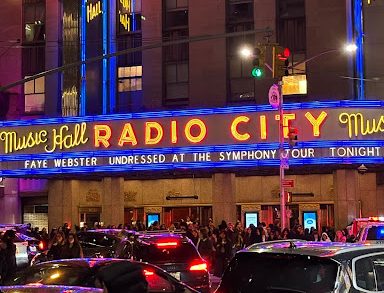December has just begun, but the Hallmark Channel’s “Countdown to Christmas” has long since started. Every year from mid-October to January, the Hallmark Channel airs its holiday-themed feature films. They are sappy Christmas creations that portray one unrealistic plot line after the next. In 2017, over 80 million Americans nationwide tuned in to watch the stunning, perfectly styled actors and actresses with their bleach white smiles perform their questionably written lines.
As a channel that is otherwise forgettable during the better course of the year (except maybe to our grandmothers), Hallmark earns a spot as one of the highest grossing cable networks within these critical winter months. Yet, an unsettling truth lies in the wake of its success.
The Hallmark Channel thrives off of the Christmas ideal that it portrays — one that lacks practicality, but more importantly, lacks diversity and representation within its cast.
The sets are picture perfect and covered in fake snow. The houses are large. The innumerable presents under the trees are better wrapped than those at your local mall gift-wrapping stations. The relationships are unrealistically rushed and gender-normative. The women are slender and fair-skinned. The men are buff and also fair-skinned. The fictitious towns show no signs of poverty, but rather, of prosperity.
The kisses exchanged under mistletoe are plentiful.
Okay, this may not always be the case. There may be a few exceptions to this long list of traits. Hallmark has attempted to integrate a more diverse cast into this year’s selection of movies, following a rise in media attention over its evident lack of diversity in last year’s “Countdown to Christmas” features.
Yet these efforts were in fact minimal, with the overwhelming majority of the films featuring practically all-white casts with strikingly similar body types and gender identities. Simply scroll through the results of a Google image search titled “Hallmark Christmas movies” and you’ll see what I mean.
For an industry that is at the forefront of the most influential social justice campaigns of the day — from the “Me Too” movement to the increasing push for representation of people of color and the LBGTQ+ community in feature films and award ceremonies — Hallmark stands as sugar-coated, artificial snow-covered proof that there is still a lot of work to be done within the realm of entertainment.
More Christmas movies need to be produced that give you the warm and fuzzy feeling, while better representing the diverse American population and not shying away from portraying the potential struggles or grim realities that so many others’ experience during a time of year where joy, cheer and shopping are advertised everywhere in bold print. The holiday season looks different for everyone. If Hallmark portrayed this more accurately, their movies would gain a level of depth that’s not expected, but deserved. Stronger female leads could inspire more young women and girls. A greater understanding could be obtained for viewers living in ethnically homogeneous communities.
A more holistic and gratifying product would result and it would better embody the core value of togetherness and love that are so critical to the Christmas season in the first place.








